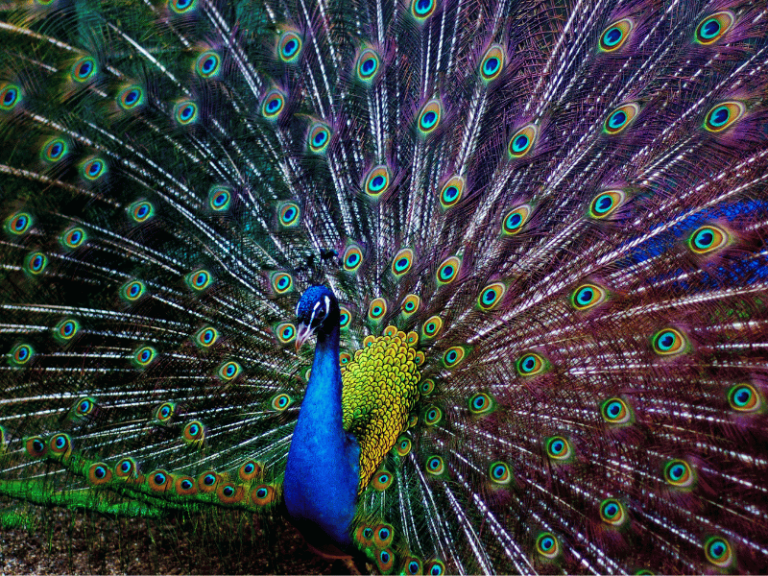Upon first seeing a peacock, people are invariably amazed by its dazzling plumage. However, upon closer observation of the differences between males and females, one realizes that the male peacock is even more beautiful than the female! British biologist Darwin termed this peculiar phenomenon of sexual dimorphism in plumage “sexual selection.”
Birds are considered among the more intelligent creatures, exhibiting sophisticated instincts that represent the pinnacle of natural development. Features like sexual dimorphism are particularly prominent among birds. Especially in birds like peacocks, where one male mates with multiple females, the dynamics become even more intriguing.
During mating season, male peacocks compete for females not through violent confrontations like roosters but rather through displays of their plumage and elaborate dances—a beauty contest of sorts. Naturally, only the most beautiful males succeed in passing on their genes. Through generations of such competitions, the extraordinary and unique plumage of male peacocks today becomes understandable.
The stunning attire of male peacocks, therefore, is the result of evolutionary competition between males. During mating season, this competition becomes the sole reason for their elaborate displays.
Therefore, in parks where peacocks are kept, during the breeding season from late spring to early summer, as soon as a visitor in colorful attire approaches, the peacock recognizes it as a challenge of beauty. Immediately, it opens its plumage and engages in a dance-off. If the colorful visitor moves to one side, the peacock swiftly follows. This performance continues until the visitor moves away, signaling the end of this display of courtship.

